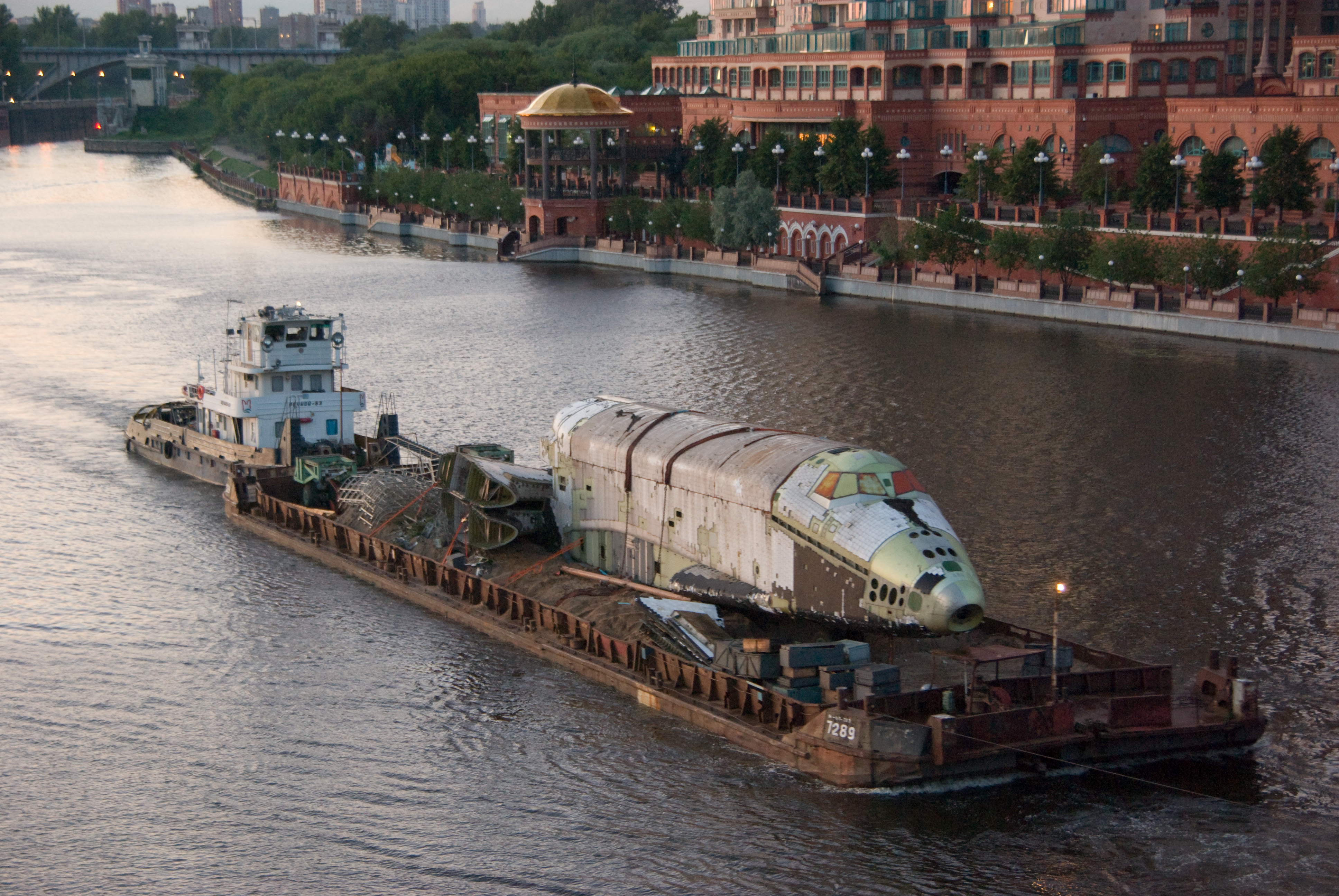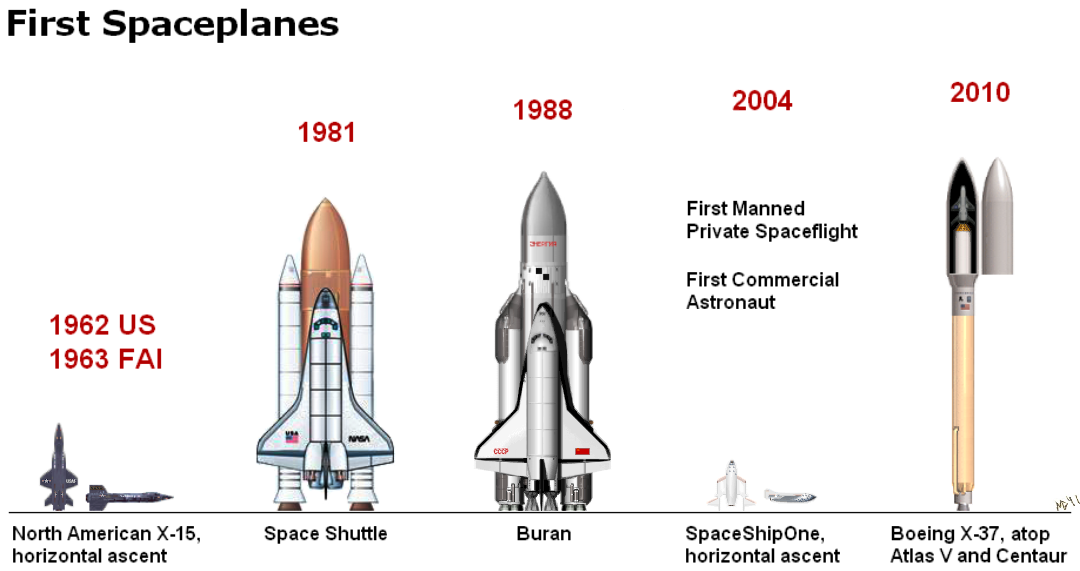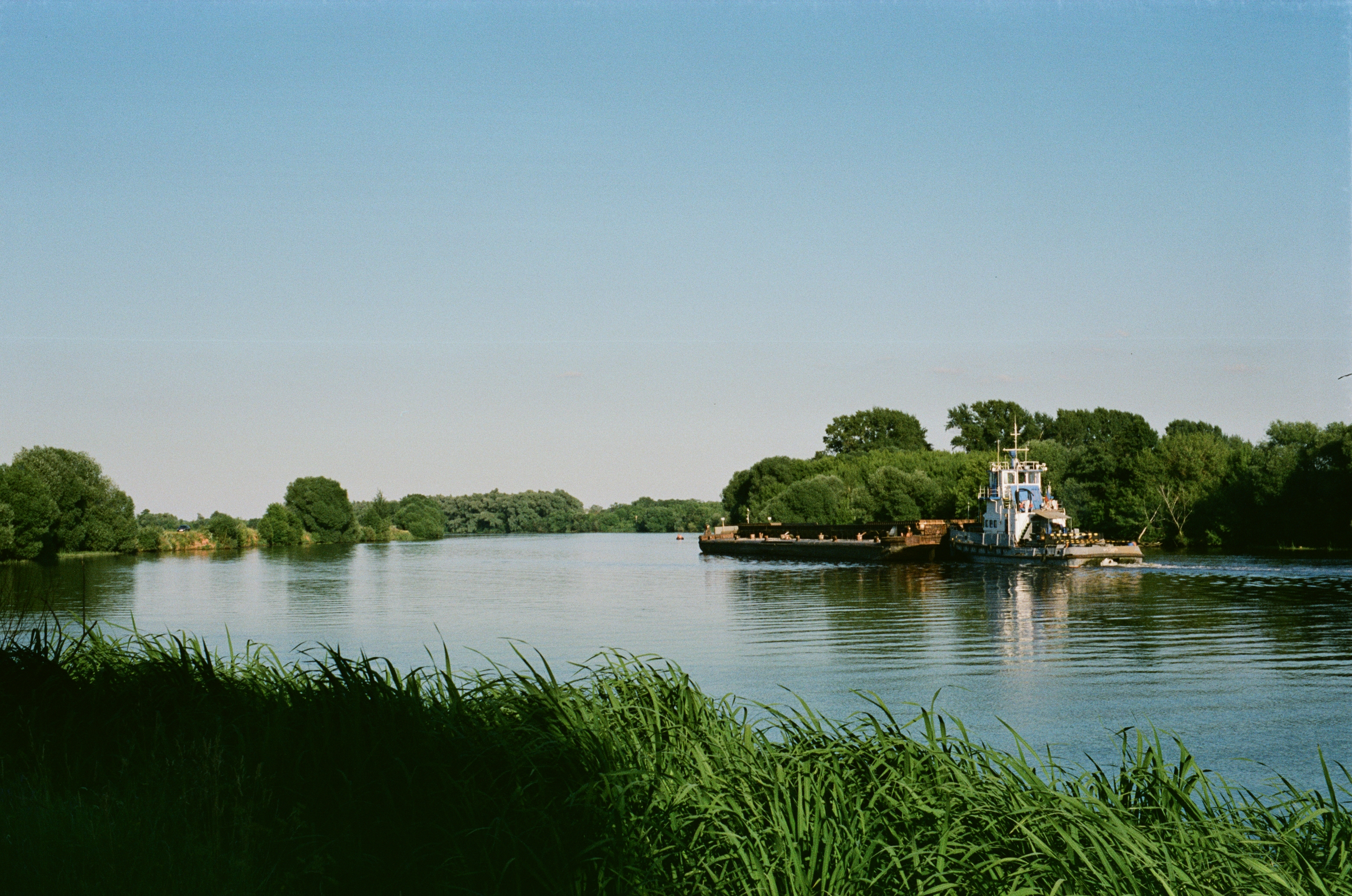|
2.01 (Buran-class Spacecraft)
2.01 ( GRAU index serial number 11F35 3K) is the designation of the third ''Buran''-class orbiter to be produced as part of the Soviet/Russian Buran programme. Its construction was not complete when the Buran programme was cancelled (30–50 percent done), so it remains unfinished. It was never officially named. Differences from ''Buran'' and ''Ptichka'' The 2.01 is the first of a second series of ''Buran''-class orbiters. The design was improved using feedback from the earlier models of Buran-class shuttles, such as the flight of ''Buran'' and the construction of '' Ptichka''. Major changes include: *Hull design optimized to save weight. *Thermal protection system arrangement changed. * Spoilers added to elevons. *OMS thrusters configuration changed. *Payload bay doors radiator design simplified. *Landing gear improved. * Drag chute container was reduced, since it turned out the surface area of the parachutes in the flight of Buran was overabundant. After the Challenger d ... [...More Info...] [...Related Items...] OR: [Wikipedia] [Google] [Baidu] |
Buran Programme
The ''Buran'' program (russian: Буран, , "Snowstorm", "Blizzard"), also known as the "VKK Space Orbiter program" (russian: ВКК «Воздушно-Космический Корабль», lit=Air and Space Ship), was a Soviet and later Russian reusable spacecraft project that began in 1974 at the Central Aerohydrodynamic Institute in Moscow and was formally suspended in 1993. In addition to being the designation for the whole Soviet/Russian reusable spacecraft project, ''Buran'' was also the name given to Orbiter K1, which completed one uncrewed spaceflight in 1988 and was the only Soviet reusable spacecraft to be launched into space. The ''Buran''-class orbiters used the expendable Energia rocket as a launch vehicle. Unlike the Space Shuttle, Buran had a capability of flying uncrewed missions, as well as performing fully automated landings. The Buran program was started by the Soviet Union as a response to the United States Space Shuttle program. The project was the l ... [...More Info...] [...Related Items...] OR: [Wikipedia] [Google] [Baidu] |
Germany
Germany,, officially the Federal Republic of Germany, is a country in Central Europe. It is the second most populous country in Europe after Russia, and the most populous member state of the European Union. Germany is situated between the Baltic and North seas to the north, and the Alps to the south; it covers an area of , with a population of almost 84 million within its 16 constituent states. Germany borders Denmark to the north, Poland and the Czech Republic to the east, Austria and Switzerland to the south, and France, Luxembourg, Belgium, and the Netherlands to the west. The nation's capital and most populous city is Berlin and its financial centre is Frankfurt; the largest urban area is the Ruhr. Various Germanic tribes have inhabited the northern parts of modern Germany since classical antiquity. A region named Germania was documented before AD 100. In 962, the Kingdom of Germany formed the bulk of the Holy Roman Empire. During the 16th ce ... [...More Info...] [...Related Items...] OR: [Wikipedia] [Google] [Baidu] |
Space Accidents And Incidents
This article lists verifiable spaceflight-related accidents and incidents resulting in human fatality or near-fatality during flight or training for crewed space missions, and testing, assembly, preparation or flight of crewed and robotic spacecraft. Not included are accidents or incidents associated with intercontinental ballistic missile (ICBM) tests, fatality or injury to test animals, uncrewed space flights not resulting in human fatality or serious injury, or Soviet Union, Soviet or Germany, German rocket-powered aircraft projects of World War II. Also not included are Lost cosmonauts, alleged unreported Soviet space accidents, which are considered fringe theory, fringe theories by a majority of historians. , there have been 15 Astronaut#English, astronaut and 4 Astronaut#Russian, cosmonaut fatalities during spaceflight. Astronauts have also died while training for space missions, such as the Apollo 1 launch pad fire that killed an entire crew of three. There have also been ... [...More Info...] [...Related Items...] OR: [Wikipedia] [Google] [Baidu] |
Space Exploration
Space exploration is the use of astronomy and space technology to explore outer space. While the exploration of space is carried out mainly by astronomers with telescopes, its physical exploration though is conducted both by robotic spacecraft, uncrewed robotic space probes and human spaceflight. Space exploration, like its classical form astronomy, is one of the main sources for space science. While the observation of objects in space, known as astronomy, predates reliable recorded history, it was the development of large and relatively efficient rockets during the mid-twentieth century that allowed physical space exploration to become a reality. The world's first large-scale experimental rocket program was Opel-RAK under the leadership of Fritz von Opel and Max Valier during the late 1920s leading to the first crewed rocket cars and rocket planes, which paved the way for the Nazi era V2 program and US and Soviet activities from 1950 onwards. The Opel-RAK program and the ... [...More Info...] [...Related Items...] OR: [Wikipedia] [Google] [Baidu] |
MAKS (spacecraft)
The MAKS (Multipurpose aerospace system) (Russian: МАКС (Многоцелевая авиационно-космическая система)) is a Soviet air-launched orbiter reusable launch system project that was proposed in 1988, but cancelled in 1991. The MAKS orbiter was supposed to reduce the cost of transporting materials to Earth orbit by a factor of ten. The reusable orbiter and its external expendable fuel tank would have been launched by an Antonov AN-225 airplane, developed by Antonov ASTC (Kyiv, Ukraine). Had it been built, the system would have weighed and been capable of carrying a payload. Three variants of the MAKS system were conceived: MAKS-OS, the standard configuration with the orbiter on top of the fuel tank; MAKS-T, with upgraded payload capability and a configuration that involved the fuel tank above the orbiter; and MAKS-M, a version that included its fuel tank within the envelope of the orbiter. As of June of 2010, Russia was considering reviving ... [...More Info...] [...Related Items...] OR: [Wikipedia] [Google] [Baidu] |
Space Shuttle Program
The Space Shuttle program was the fourth human spaceflight program carried out by the U.S. National Aeronautics and Space Administration (NASA), which accomplished routine transportation for Earth-to-orbit crew and cargo from 1981 to 2011. Its official name, Space Transportation System (STS), was taken from a 1969 plan for Space Transportation System, a system of reusable spacecraft of which it was the only item funded for development. It flew 135 missions and carried 355 astronauts from 16 countries, many on multiple trips. The Space Shuttle—composed of an Space Shuttle orbiter, orbiter launched with two reusable Space Shuttle Solid Rocket Booster, solid rocket boosters and a disposable Space Shuttle external tank, external fuel tank—carried up to eight astronauts and up to of Payload (air and space craft), payload into low Earth orbit (LEO). When its mission was complete, the orbiter would atmospheric reentry, reenter the Earth's atmosphere and land like a glider (aircr ... [...More Info...] [...Related Items...] OR: [Wikipedia] [Google] [Baidu] |
Mikoyan-Gurevich MiG-105
The Mikoyan-Gurevich MiG-105, part of the Spiral program, was a crewed test vehicle to explore low-speed handling and landing. It was a visible result of a Soviet project to create an orbital spaceplane. The MiG 105 was nicknamed "Lapot" (russian: лапоть, or bast shoe (the word is also used as a slang for "shoe")), for the shape of its nose. Development The program was also known as the Experimental Passenger Orbital Aircraft (EPOS). Work on this project began in 1965, with the project being halted in 1969, only to be restarted in 1974 in response to the U.S. Space Shuttle Program. The test vehicle made its first subsonic free-flight test in 1976, taking off under its own power from an old airstrip near Moscow. Flight tests, totaling eight in all, continued sporadically until 1978. The actual space plane project was cancelled when the decision was made to instead proceed with the Buran project. The MiG test vehicle itself still exists and is currently on display at the M ... [...More Info...] [...Related Items...] OR: [Wikipedia] [Google] [Baidu] |
Buran Program
The ''Buran'' program (russian: Буран, , "Snowstorm", "Blizzard"), also known as the "VKK Space Orbiter program" (russian: ВКК «Воздушно-Космический Корабль», lit=Air and Space Ship), was a Soviet Union, Soviet and later Russian reusable spacecraft project that began in 1974 at the Central Aerohydrodynamic Institute in Moscow and was formally suspended in 1993. In addition to being the designation for the whole Soviet/Russian reusable spacecraft project, ''Buran'' was also the name given to Buran (spacecraft), Orbiter K1, which completed one uncrewed spaceflight in 1988 and was the only Soviet reusable spacecraft to be launched into space. The ''Buran''-class orbiters used the expendable Energia (rocket), Energia rocket as a launch vehicle. Unlike the Space Shuttle, Buran had a capability of flying uncrewed missions, as well as performing fully automated landings. The Buran program was started by the Soviet Union as a response to the United St ... [...More Info...] [...Related Items...] OR: [Wikipedia] [Google] [Baidu] |
Buran 2
{{Disambiguation, geo ...
Buran may refer to: Places * Buran, Ardabil, a village in Ardabil Province, Iran * Buran, Mazandaran, a village in Mazandaran Province, Iran * Buraan, a town in the northern Sanaag region of Somalia Other uses * ''Buran'' (spacecraft), the Soviet counterpart of the space shuttle ** Buran programme, the Soviet space shuttle project * Buran (wind), a wind that blows across eastern Asia * Boran, queen of Iran from 629 to 632 * Buran bint al-Hasan ibn Sahl, consort of Abbasid caliph al-Ma'mun * RSS-40 Buran, a Soviet cruise missile * Buran eavesdropping device See also * Burang (other) * Burren (other) Burren can refer to: *The Burren, an area dominated by karst landscape, in County Clare, Ireland *Burren National Park, the national park in County Clare, Ireland *Burren (barony), an historical administrative division of County Clare, Ireland *Burr ... [...More Info...] [...Related Items...] OR: [Wikipedia] [Google] [Baidu] |
Zhukovsky International Airport
Zhukovsky , formerly (and still occasionally) known as Ramenskoye (russian: link=no, аэропорт Жуковский, аэродром Раменское) is an international airport, located in Moscow Oblast, Russia, southeast of central Moscow, in the city of Zhukovsky, a few kilometers south-east of the closed Bykovo Airport. History The airfield assigned to the newly established in 1941 Flight Research Institute has served as a major USSR aircraft testing establishment, with most of the major Russian OKBs having facilities there. This airfield was used as a test site for the Soviet Buran Spacecraft. It was also used by the Ministry of Emergency Situations and cargo carriers. Until June 2006, jet fighters flights for the public and international customers were available at the Gromov Flight Research Institute airfield (a number of two-seater jets like: Aero L-39 Albatros, Mikoyan-Gurevich MiG-25 Foxbat, for Edge of Space flights, Mikoyan MiG-29 Fulcrum, etc.). On Ma ... [...More Info...] [...Related Items...] OR: [Wikipedia] [Google] [Baidu] |
Moskva River
The Moskva (russian: река Москва, Москва-река, ''Moskva-reka'') is a river running through western Russia. It rises about west of Moscow and flows roughly east through the Smolensk and Moscow Oblasts, passing through central Moscow. About southeast of Moscow, at the city of Kolomna, it flows into the Oka, itself a tributary of the Volga, which ultimately flows into the Caspian Sea. History In addition to Finnic tribes, the Moskva River is also the origin of Slavic tribes such as the Vyatichi tribe. Etymology ''Moskva'' and ''Moscow'' are two different renderings of the same Russian word ''Москва''. The city is named after the river. Finnic Merya and Muroma people, who originally inhabited the area, called the river ''Mustajoki'', in English: ''Black river''. It has been suggested that the name of the city derives from this term, although several theories exist. To distinguish the river and the city, Russians usually call the river ''Moskva-reka'' ( ... [...More Info...] [...Related Items...] OR: [Wikipedia] [Google] [Baidu] |
Zhukovsky, Moscow Oblast
Zhukovsky (russian: link=no, Жуковский, ) is a types of inhabited localities in Russia, city in Moscow Oblast, Russia, located on the Moskva River, southeast of Moscow. Population: History The urban-type settlement of Stakhanovo was founded in 1935 from the dacha settlement Otdykh (literally, "Relaxation"). It was named after Alexey Stakhanov, a famous Soviet miner. On April 23, 1947, the settlement was granted town status and renamed Zhukovsky, in honor of scientist Nikolay Yegorovich Zhukovsky, Nikolay Zhukovsky. Administrative and municipal status Within the subdivisions of Russia#Administrative divisions, framework of administrative divisions, it is incorporated as Zhukovsky City of federal subject significance, City Under Oblast Jurisdiction—an administrative unit with the status equal to that of the administrative divisions of Moscow Oblast, districts.Law #11/2013-OZ As a subdivisions of Russia#Municipal divisions, municipal division, Zhukovsky City Under ... [...More Info...] [...Related Items...] OR: [Wikipedia] [Google] [Baidu] |



.jpg)




